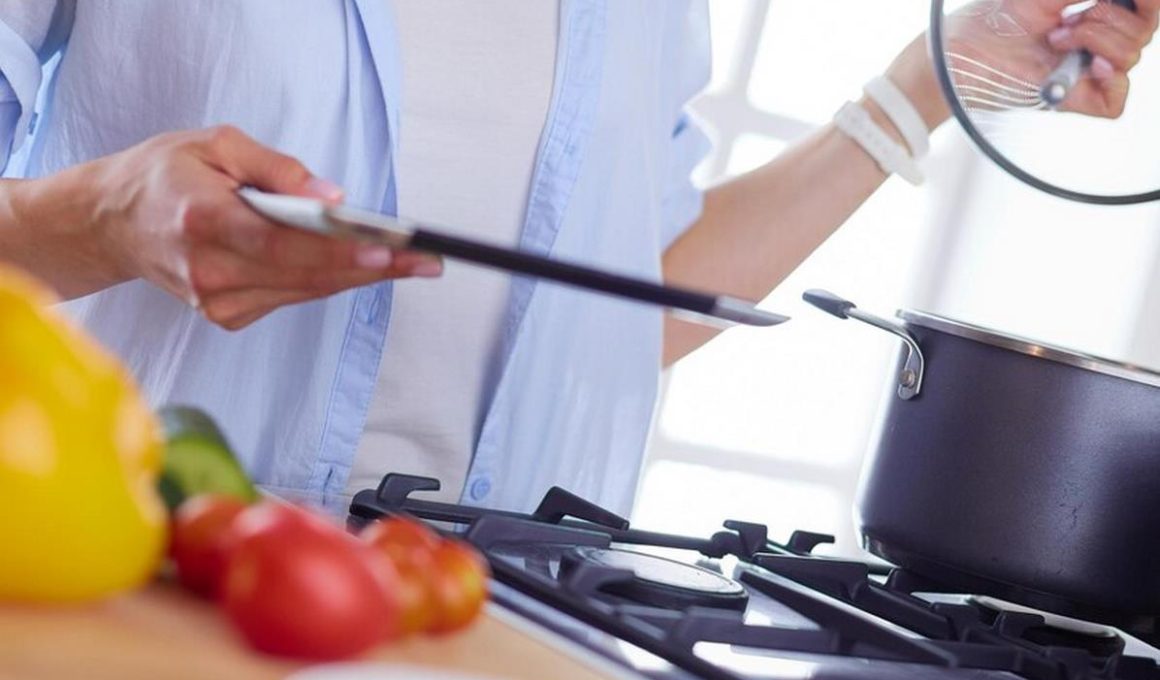There are many tips to choose the perfect piece of salmon for your next dinner party. These tips include: Fresh or frozen, Poaching vs. Grilling, Marinating or Pan-frying, Choosing a clear eyed salmon, and more. This article will provide you with all the information you need to prepare the perfect salmon dinner. So go ahead and bookmark this article and refer to it often. We hope you will find our tips helpful!
Fresh vs. frozen salmon
When preparing a salmon recipe, one of the most important considerations is the type of fish. When choosing a piece of salmon, you must make sure it’s fresh, avoiding those that have been frozen for weeks. Fresh salmon should have a moist, pink flesh and not smell fishy. It should be easy to flake with a fork. You can also check the fish by smell and feel.
Fresh salmon is best when purchased within two to three months of the date it was caught. It can be frozen for up to six months, but the quality will begin to diminish after three months. Before freezing, make sure that the fish has been thoroughly rinsed and placed in an airtight container. It should also be labeled with the date it was frozen. Cooking frozen salmon can ruin the taste and texture. To defrost a piece of fish, make sure you have plenty of time. Thawing and reheating salmon are two different processes.
Poaching vs. grilling
Poaching salmon is a quick way to prepare fish without frying. It involves submerging the fish in a hot liquid, such as water or wine. The liquid may be flavored with aromatics like garlic, rosemary, or green peppers. You can also add butter or oil to the liquid before cooking the fish. This method makes the fish very moist. Poaching salmon also yields the best results if you remove the skin before cooking it.
In poaching salmon, you need to use a liquid infused with fresh ingredients. This liquid should include water or wine and lemon, onion, dill, parsley, or thyme. Cook the salmon for about five minutes and then remove it from the liquid. Poaching salmon is an excellent way to make a fancy meal. A poached salmon will also look very fancy on your plate and taste delicious.
Marinating vs. pan-frying
Before cooking salmon, check to see that it’s firm and skinless. It should smell fresh and have a nice color and texture. You can marinate the fish in a marinade for 30 minutes or overnight. After you’ve finished the marinating process, place the salmon in hot oil. Cook, skin side down, for four minutes on one side, then flip it over. Serve with your favorite side dish.
To increase the flavor of the marinade, you can add ground spices. Chili powder, garlic powder, onion powder, and paprika are good choices. You can also use a seafood seasoning blend. Fresh garlic releases more oils, making it more flavorful. Mix the garlic into the marinade, then spread it on the salmon. You can also add a bit of sriracha if you like.
Choosing a salmon with clear, bright eyes
When buying a salmon, always look for one with clear, bright eyes and firm, moist flesh. It should also have no ice crystals or liquid, and a good smell. Look for firmness, and make sure the eyes are firm and protruding. It should also be firm but spring back to its original shape. If the salmon has a strong fishy odor, discard it.
When choosing a salmon, remember that it should have a vivid orange hue and white marbling throughout. The flesh should bounce back when pressed and not have an overly fishy smell. Choose a salmon with clear, bright eyes when cooking and seasoning it. While choosing salmon, keep in mind that farm-raised salmon is more readily available in grocery stores. These are often fatty, so they are well suited to assertive cooking techniques.
Preventing white ooze from cooking salmon
The white ooze on a cooked salmon fillet is not fat, but a substance called albumin. During cooking, albumin is pushed out of the fish’s muscles and congeals on the surface. It is completely safe and is not considered a food safety concern. If you want to cook salmon without the white ooze, keep reading for some tips. This article will help you avoid the disgusting white ooze on your salmon fillet.
First, understand the white ooze from cooked salmon. What is this stuff? It’s albumin, a protein found in all salmon, which solidifies on the surface after being cooked. When cooked, albumin is not harmful to eat and coagulates. However, if you’d like to minimize the amount of white ooze on your salmon, follow these tips. You’ll enjoy delicious, healthy salmon for years to come.
Podobne tematy




